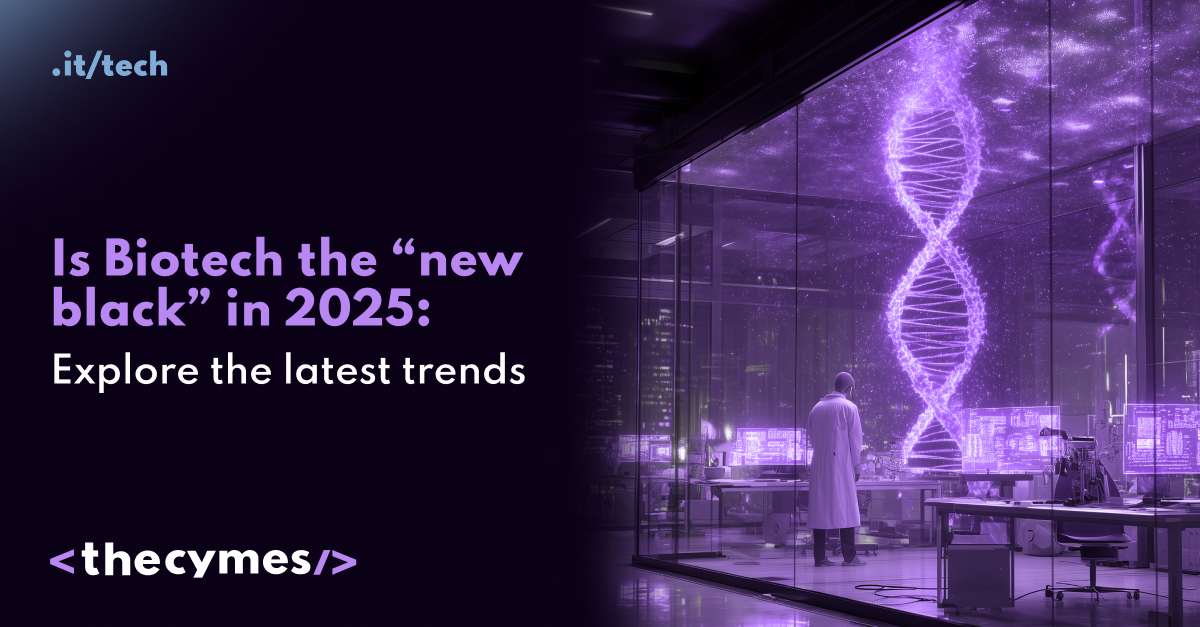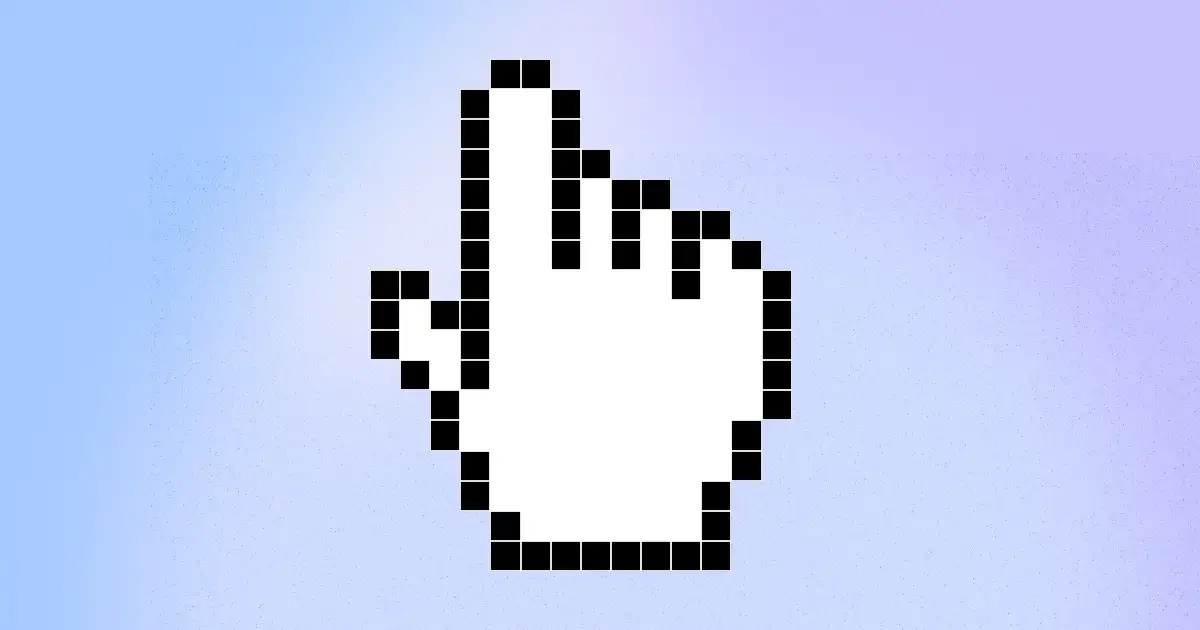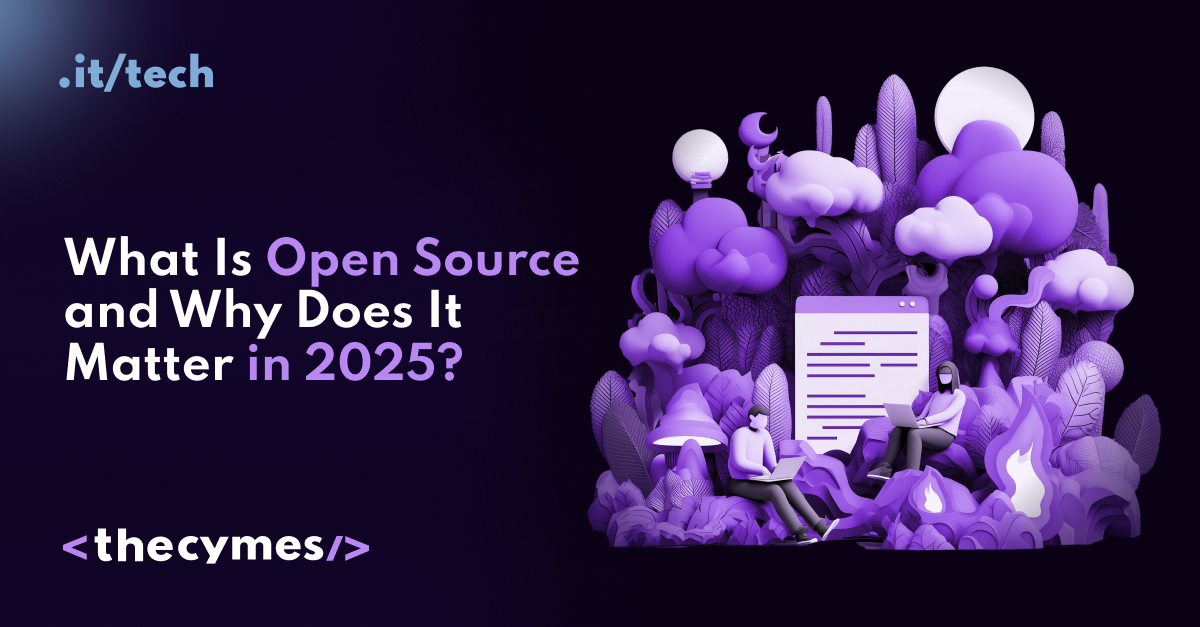Table of Content
Is Biotech the “new black” in 2025: Explore the latest trends
/>While we live our ordinary lives, discoveries are happening in laboratories around the world that will fundamentally change our understanding of health and disease. These technologies are no longer from the realm of science fiction—they're working here and now.Biotechnology 2025: How science is changing medicine right now
Imagine: a doctor uploads your X-ray to a computer and within seconds receives a diagnosis more accurate than they could make independently. In another clinic, a patient receives genetically modified cells that will fight their cancer from within. And in a third laboratory, scientists are growing human tissues on a 3D printer.
This isn't the future—this is 2025. And these technologies are already saving lives.
1. Artificial intelligence: A new perspective on diagnostics
When algorithms see more than doctors
Artificial intelligence and machine learning are fundamentally changing medicine. AI analyzes enormous volumes of medical data and finds patterns that humans might miss.
Most impressively, AI already surpasses doctors in some areas of diagnostics. Algorithms analyze X-rays and MRIs with accuracy that sometimes exceeds that of experienced radiologists.
Learning from experience
The main advantage of AI is its ability to learn. Each new case makes the system smarter. Every mistake becomes a lesson for future diagnoses. This means the quality of medical care will only improve.
AI can detect signs of diseases that the human eye misses. This is especially important for early diagnosis, when treatment is most effective.
2. RNA Therapies: Programming Cells
A New Class of Drugs
RNA molecules have opened completely new possibilities in treating diseases. They can affect proteins that were previously considered inaccessible to traditional drugs.
These therapies work at the molecular level, "reprogramming" cells and making them behave differently. Moreover, side effects are often minimal.
Real Results
In recent years, 100 phase-one clinical trials of RNA therapies have been launched, and a quarter of them successfully progressed to the next stages. Already, one such drug—Vitravene—is approved for treating serious eye infections in AIDS patients.
As of early 2024, 131 unique RNA therapies are in development. This shows how seriously the scientific community takes this direction.
3. Gene Editing: Correcting Nature's Mistakes
CRISPR—A Precise Tool
CRISPR technology allows scientists to edit DNA with unprecedented precision. It's like a very precise text editor, only it works with genetic code.
Many laboratories are already using CRISPR to create cells resistant to HIV. They "turn off" the receptor through which the virus penetrates the cell, effectively protecting the organism from infection.
Fighting Genetic Diseases
CRISPR shows promising results in treating hereditary diseases. The technology can correct genetic "errors" that lead to disease, potentially curing conditions that were previously considered incurable.
Research shows that CRISPR can effectively fight chronic viral infections, opening new possibilities in treating hepatitis B, herpes, and other persistent viruses.
4. Cellular and Gene Therapy: Personalized Treatment
Impressive Growth
Cellular and gene therapy is one of the fastest-developing areas of medicine. The FDA has already approved 36 gene therapies, with 500 more in development.
Experts predict that by 2025, 10 to 20 new gene therapies will be approved each year. This means a new revolutionary treatment will appear every 2-6 weeks.
CAR-T Therapy Against Cancer
CAR-T therapy attracts special attention. This is a treatment where a patient's immune cells are extracted, genetically modified to fight cancer, and then returned to the body.
97% of CAR-T therapies in development are directed against cancer, but researchers are studying possibilities of applying this technology to treat autoimmune diseases and HIV.
Economic Potential
The cellular and gene therapy market is growing rapidly: from $5.9 billion in 2021 to a projected $42.56 billion by 2030. This is almost seven-fold growth over nine years.
5. Molecular Diagnostics: Fast and Accurate
Revolution in Testing
The COVID-19 pandemic accelerated the development of molecular diagnostics. The market, valued at $25 billion in 2022, continues to grow at 3.5% per year.
The main achievement is multiplex diagnostics. One test can simultaneously check for the presence of several infections. For example, determine whether a patient has COVID-19, flu, or another respiratory infection.
Practical Benefits
Such diagnostics is especially important when symptoms of different diseases are similar. Cough, fever, and fatigue can be signs of different infections, and rapid accurate diagnosis helps prescribe the right treatment immediately.
6. Regenerative Medicine: Growing New Tissues
Stem Cells and 3D Printing
Stem cell therapy and tissue engineering solve the problem of donor organ and tissue shortage. Scientists are working on creating new tissues and organs from the patient's own cells.
The stem cell market demonstrates impressive growth: from $15.07 billion in 2023, it could reach $56.15 billion by 2032.
3D Printing of Heart Tissue
Researchers are already printing heart tissue on 3D printers using cells derived from stem cells. So far these are small fragments, but the technology is developing rapidly.
The goal is creating full organs for transplantation without rejection risk, since they would be grown from the patient's own cells.
7. Biomanufacturing: Automation and Precision
Robots in Pharmaceuticals
The production of drugs, vaccines, and diagnostic tools is becoming increasingly automated. Robots and AI increase precision, reduce errors, and speed up production.
The next-generation biomanufacturing market is growing at 14.85% per year and could reach $85.2 billion by 2031.
Quality and Accessibility
Automation not only improves drug quality but can also make them more accessible. Robotic systems work around the clock and don't make human errors.
8. Nanotechnology: Precise Drug Delivery
Molecular Transporters
Nanomedicine uses particles billions of times smaller than a meter to deliver drugs precisely to diseased cells. This allows for increased treatment effectiveness while reducing side effects.
The nanomedicine market is valued at $219.34 billion in 2023 and could grow to $562.93 billion by 2032.
Advantages of Precise Delivery
Traditional chemotherapy affects the entire body. Nanoparticles can deliver drugs only to cancer cells, leaving healthy tissues untouched.
9. Point-of-Care Diagnostics: Tests at Home and in Clinic
Rapid Results
The pandemic showed the importance of rapid diagnostics. Home tests for COVID-19 became commonplace, and this trend is spreading to other diseases.
The POC diagnostics market for infectious diseases could reach $1.986 billion by 2025, growing at 13% per year.
Timely Treatment
Rapid diagnostics is especially important for diseases where treatment is effective only in the first hours or days. For example, antiviral drugs for flu work best if taken within 48-72 hours after symptom onset.
10. Next-Generation Sequencing: Reading the Genome
Fast and Accessible
Next-generation sequencing (NGS) technology has made genome analysis fast and relatively inexpensive. During the COVID-19 pandemic, NGS allowed rapid decoding of the virus genome and vaccine development.
The NGS market is growing from $13.0 billion in 2022 to a projected $27.0 billion by 2027—15.7% annual growth.
Personalized Medicine
NGS opens the path to personalized medicine, where treatment is selected based on each patient's genetic characteristics. This could dramatically increase therapy effectiveness.
The technology also allows rapid identification of new pathogens and tracking their mutations, which is critically important for preparing for future pandemics.
What This Means for Us
All these technologies share one thing—they make medicine more precise, personalized, and effective. We're moving toward an era where treatment will be individually selected for each patient based on their genetic characteristics, medical history, and other factors.
Changes Are Already Happening
It's important to understand: this isn't the distant future. Many of these technologies are already being applied in clinical practice. Patients are already receiving gene therapy, doctors are using AI for diagnostics, and researchers are printing living tissues.
Challenges and Opportunities
Of course, new technologies bring not only opportunities but also challenges. We need to address issues of safety, accessibility, and ethics. But the potential benefits are enormous—we can defeat diseases that are considered incurable today.




